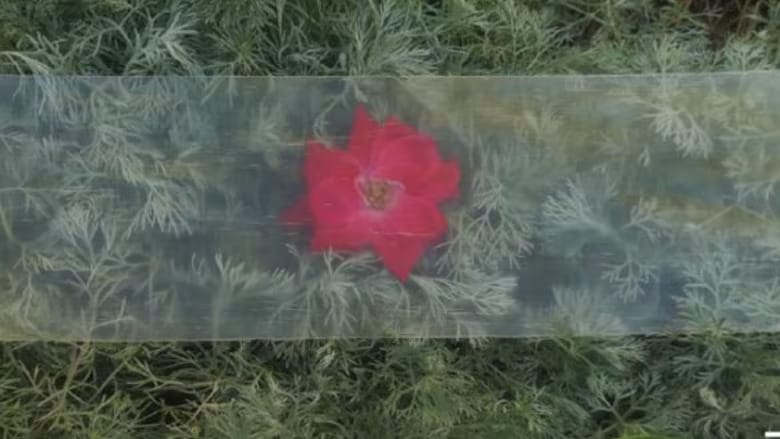What is transparent wood, and is it the material of the future?
The concept of transparent wood seems pretty out there, but it’s actually been around in one form or another for over 30 years.

A few minutes every morning is all you need.
Stay up to date on the world's Headlines and Human Stories. It's fun, it's factual, it's fluff-free.
With plastic pollution – and the newer problem of microplastics coming into the spotlight – scientists are more interested than ever in finding a plastic material alternative with similar qualities. Enter transparent wood.
The concept of transparent wood seems pretty out there, but it’s actually been around in one form or another for over 30 years. In 1992, a German botanist named Siegfried Fink published a paper on how to remove pigments from woody plants to see what’s going on inside without having to fully dissect them. Then, over a decade later, a researcher named Lars Berglund who worked in materials science built on Fink’s ideas to start creating a transparent wood alternative to plastics. And now, we’re seeing the concept really start to take on ground.
A few years ago, researchers at the University of Maryland were able to create sheets of transparent wood that were stronger and more insulating than glass while still being nearly as clear. The modern strategy for creating this material was to brush planks of wood with a hydrogen peroxide solution and then expose those planks to UV rays. This process bleaches the brown pigment out of the “chromophores,” which are what give wood its color. Then, researchers saturate the wood with a transparent epoxy, filling in spaces within the wood, making it effectively transparent. This process is relatively simple and cost-effective, which means that we could end up seeing transparent wood as a popular building or packaging material in the future.
“I truly believe this material has a promising future,” says Qiliang Fu, a wood nanotechnologist at Nanjing Forestry University in China.
Theoretically, it could be used for anything from smartphone screens to windshields to see-through product packaging. A more recent study was published showing that transparent wood has a lower environmental impact than plastic and glass because it’s a renewable and biodegradable resource. Producing it is also really energy efficient, five times more than glass, which makes it even more environmentally friendly. Plus, trees store carbon, so continuing to use wood as a material is a way to keep that carbon from going into our atmosphere.




Comments ()